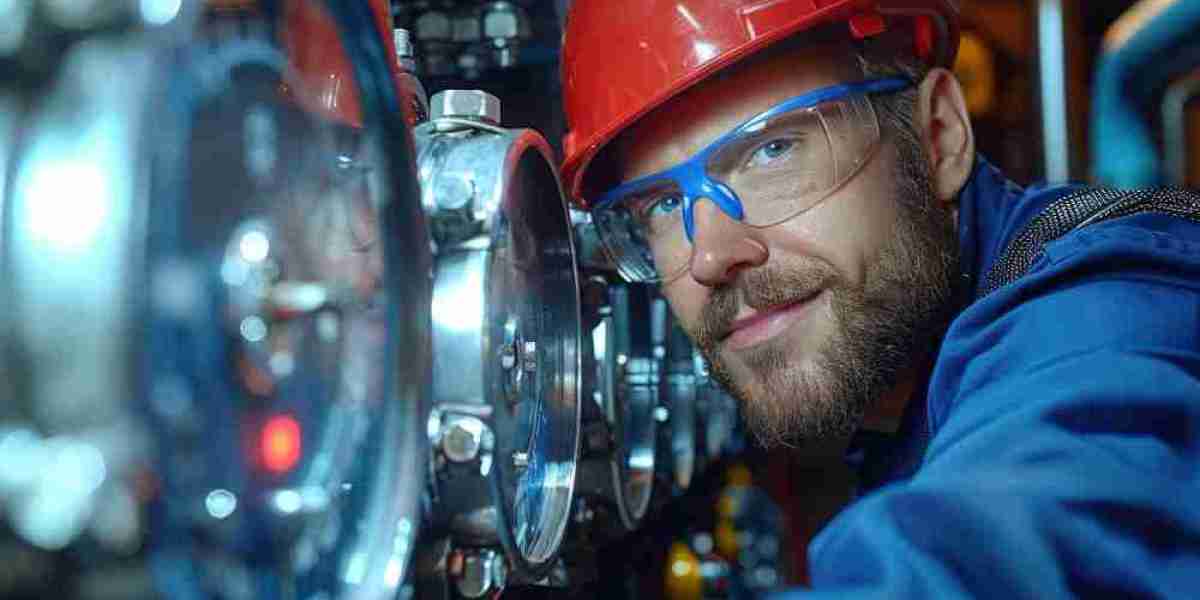When it comes to preventing leaks in pumps, mixers, and rotating equipment, mechanical seal is essential. They keep fluid contained within a system while allowing a rotating shaft to pass through a stationary housing. Used widely in industries such as oil and gas, water treatment, chemical processing, and manufacturing, mechanical seals are key to safe, efficient operations.
This article explains what mechanical seals are, how they work, their components, and why choosing the right one matters.
What Is a Mechanical Seal?
A mechanical seal is a device used to prevent fluid leakage in rotating equipment. It works where a rotating shaft passes through a stationary housing or occasionally, where a rotating housing surrounds a stationary shaft.
Unlike traditional packing seals, which rely on compressed material wrapped around a shaft, mechanical seals offer a tighter, more reliable, and lower-maintenance solution. They are designed to handle high pressures, temperatures, and a wide variety of fluids.
How Does a Mechanical Seal Work?
Mechanical seals create a seal between a rotating shaft and the stationary pump housing. The seal is made by two flat surfaces:
Rotating seal face – attached to the shaft and spins with it
Stationary seal face – fixed to the pump body
A very thin film of fluid exists between these faces to provide lubrication, reduce friction, and prevent overheating. Springs or bellows maintain the correct pressure between the seal faces, while elastomers prevent leaks through secondary paths.
Key Components of a Mechanical Seal
Rotary Seal Face – Rotates with the shaft, typically made from carbon or ceramic
Stationary Seal Face – Fixed component made from harder materials like silicon carbide or tungsten carbide
Elastomers – O-rings or gaskets that provide flexibility and secondary sealing
Spring or Bellows – Keeps the seal faces in contact under varying pressures
Gland Plate or Retainer – Mounts and secures the seal assembly to the pump housing
Types of Mechanical Seals
Single Seals – Standard, economical design for general-purpose use
Double Seals – Two sealing faces with a barrier fluid in between, used for hazardous or high-pressure environments
Cartridge Seals – Pre-assembled units that are easy to install and align, reducing installation errors
Balanced Seals – Designed to handle higher pressures with less stress on the seal faces
Unbalanced Seals – Simple and cost-effective, suitable for low-pressure applications
Seal Material Selection
Choosing the right materials is crucial for performance and reliability. Selection depends on the operating environment, including pressure, temperature, fluid type, and speed.
Seal Faces:
Carbon – Low cost, good chemical resistance
Silicon Carbide – High hardness and excellent wear resistance
Tungsten Carbide – Durable and suitable for abrasive fluids
Elastomers:
Nitrile (Buna-N) – Good for water and mild chemicals
EPDM – Suitable for steam and certain chemicals
Viton – Resistant to oil, fuel, and aggressive chemicals
Common Applications
Mechanical seals are widely used in:
Centrifugal and positive displacement pumps
Compressors
Agitators and mixers
Marine propulsion systems
Chemical and pharmaceutical processing
HVAC systems and water pumps
Why Mechanical Seals Fail
Even the best seals can fail under the wrong conditions. Common causes include:
Improper installation or misalignment
Dry running, which causes overheating and face damage
Shaft vibration or excessive runout
Incompatible materials leading to chemical attack
Seal face wear due to abrasives in the fluid
Regular inspection, proper lubrication, and correct selection for the operating environment can greatly extend the life of a mechanical seal.
Benefits of Using Mechanical Seals
Reduced or eliminated leakage
Lower maintenance requirements
Improved equipment efficiency
Longer equipment lifespan
Enhanced safety and environmental compliance
Conclusion
Mechanical seals are a critical part of modern rotating equipment. Understanding how they work, what types are available, and how to maintain them can help you ensure long-term reliability and cost efficiency. Whether you're working with pumps, mixers, or compressors, the right mechanical seal can make a major difference in performance and downtime.




